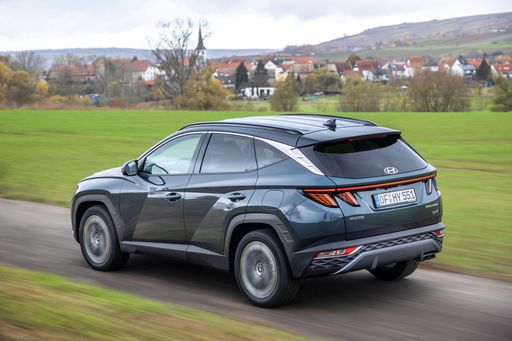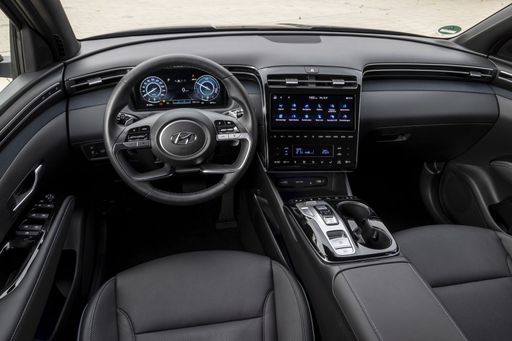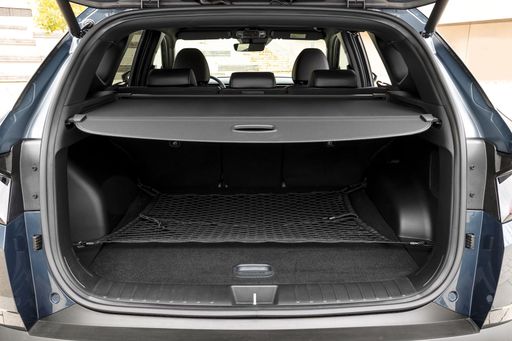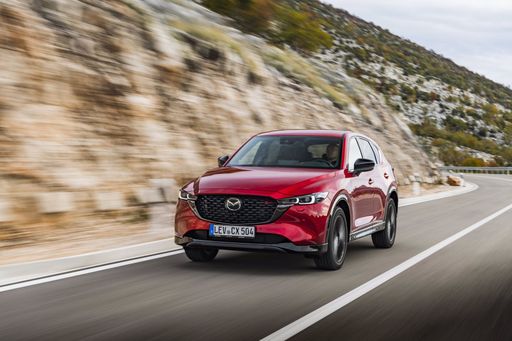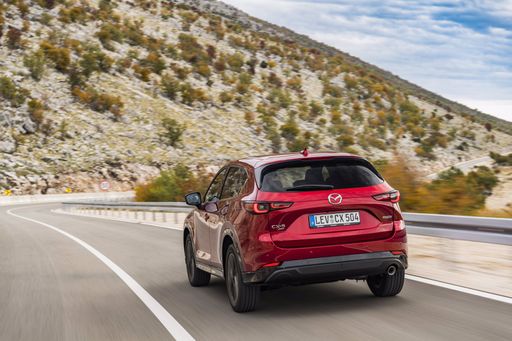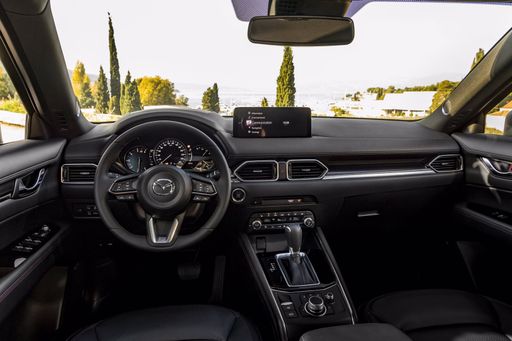Head-to-Head: Hyundai Tucson vs. Mazda CX-5
In the ever-competitive segment of compact SUVs, two contenders consistently vying for attention are the Hyundai Tucson and the Mazda CX-5. Both vehicles bring unique strengths and innovations to the table, appealing to a broad range of car enthusiasts and casual drivers alike. Let's dive into a comprehensive comparison of these two popular models, focusing on their latest versions equipped with cutting-edge technology.


